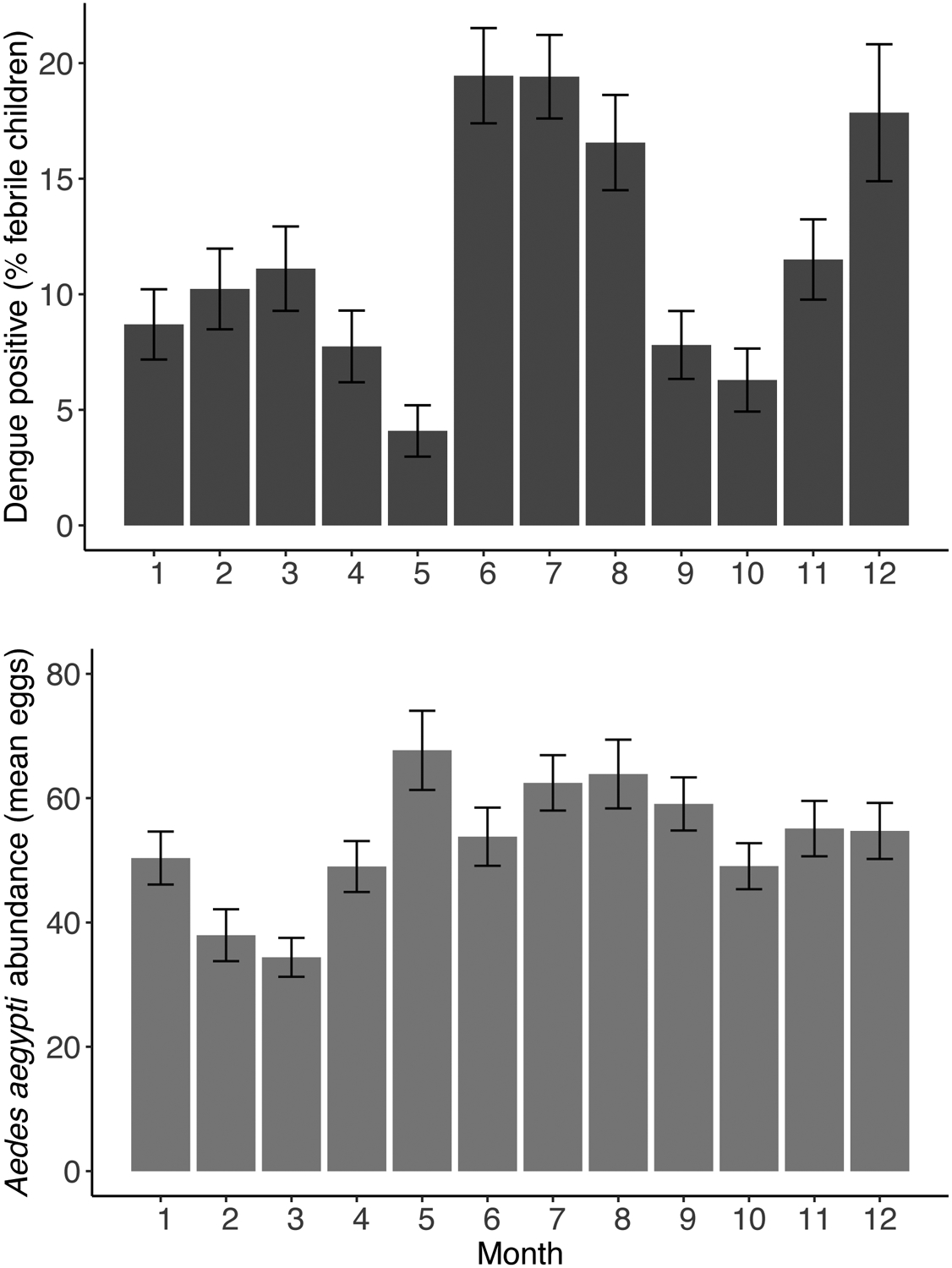Figure 3. High rates of dengue virus infection in febrile children (A) and consistently high abundance of Aedes aegypti mosquitoes (B) in four villages in Kenya suggests that arboviruses are an underrecognized public health burden.

The rates of dengue positivity (A) are measured as the percentage of children <18 years of age with undifferentiated febrile illness attending outpatient care who tested positive by PCR or IgG ELISA for dengue virus infection (69). Data were compiled from four different clinics in western and coastal Kenya during each calendar month between 2014 and 2018. Aedes aegypti abundance (B) was measured as the monthly average number of Aedes aegypti eggs per household recovered from ovitraps placed in and around houses. Error bars indicate standard errors of the mean. For Methods, see Supplementary Materials, page 3.
